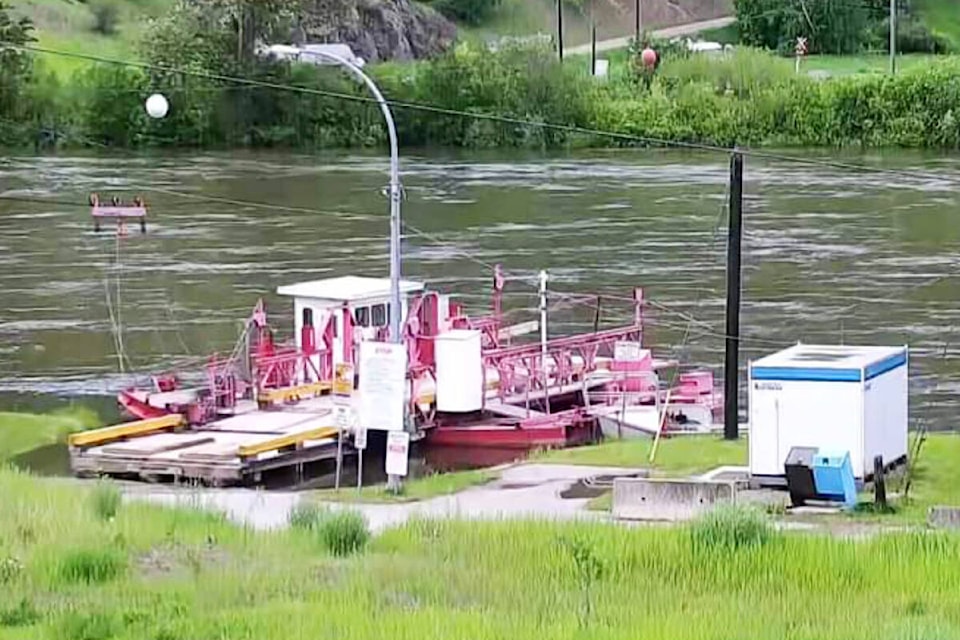A more detailed flood-mapping project in the region will improve evacuation routes and shed a light on the details of how flooding would effect people and buildings in a variety of flood severity scenarios, according to Fraser Basin Council water programs director Steve Litke.
This new floodplain map will estimate the depth, velocity and extent of flooding in case of a 50-year, 100-year and 200-year flood, Litke said in an over-the-phone interview with the Clearwater Times.
“There is much greater awareness and concern about flooding in recent years due to recent events,” Litke added. “There is a recognition of the value of this kind of information — especially in a changing climate.”
The Thompson-Nicola Regional District board decided to support the Nicola-Coldwater Floodplain Mapping Project plan on Jan. 19. The council first presented the project to the board in December.
During the next step, BCG Engineering Ltd. consultants will meet with board staff to discuss flood hazards, Litke said.
One limitation of current flood evacuation maps in the region is inconsistent levels of detail, including geo-hazards such as erosion and landslide risks.
The Fraser Basin Council is engaging local and First Nation’s governments on this process so that they can use the maps and flag local information or concerns which could change the modeling.
The floodplain maps should ideally be of the community and for the community, Litke added.
The Fraser Basin Council is a non-governmental organization that focuses on social, economic and environmental sustainability issues. The council has helped develop flood mapping for more than two decades in the lower mainland, so the province asked it for help coordinating the new map’s development with all the groups and governments involved, Litke said.
This floodplain mapping project will add detail to geographically broad flood-mapping projects of the past, in part of a the province’s plan for emergency preparedness. It is impossible to predict what kind of flood will happen at a certain time, but this project aims to help local governments prepare for each scenario.
Some local and First Nation’s flood evacuation maps are outdated, with many being developed in the 1970s and 1980s before computers could help create more complex models based on land patterns, Litke said.
“The tools are getting much better,” Litke added. “We’re looking now at a wider range of flood scenarios beyond the 20-year and 200-year flood.”
With the floods of 2021 on the historic record, engineers will also have a new set of data to work with when developing the maps, Litke added. The resulting models will help governments suggest recommendations for how elevated a building should be in at-risk areas near the river or located on lowlands.
For example, if the modeling in mapping suggested a flood would be about a metre deep, a developer could protect the home they are building by building on stilts, Litke said. The residents of the home may still need to evacuate, but the goal is to minimize damage enough that the residents could return to an intact home.
Overall, climate change is increasing the frequency and size of floods in the province, but the ways that climate change effect floods can vary depending on local factors, Litke said.
Do you have a comment about this story? email:
editor@wltribune.com
Like us on Facebook and follow us on Twitter.
